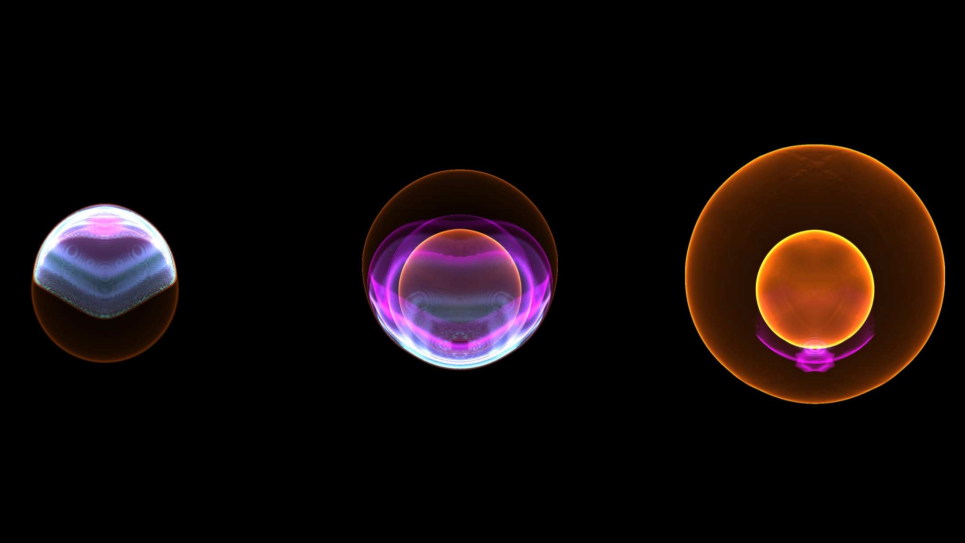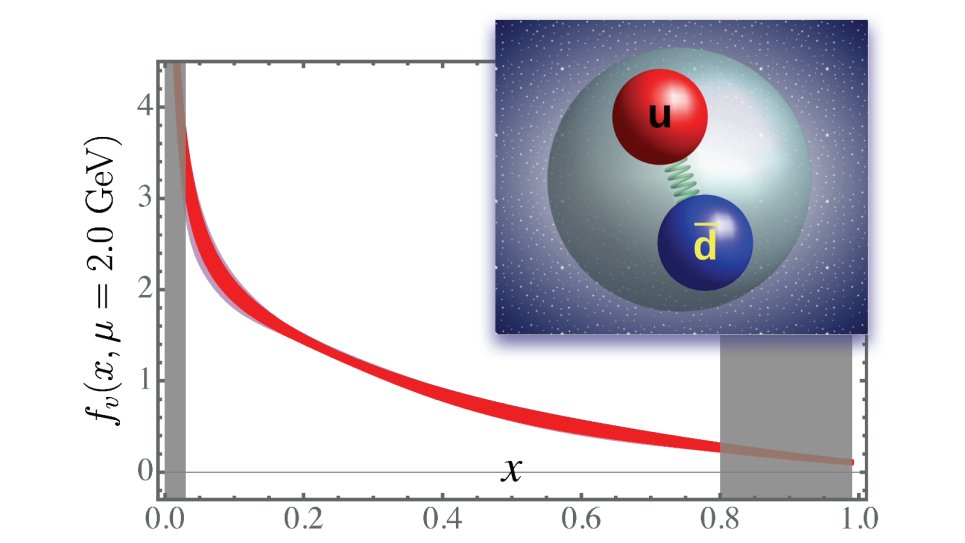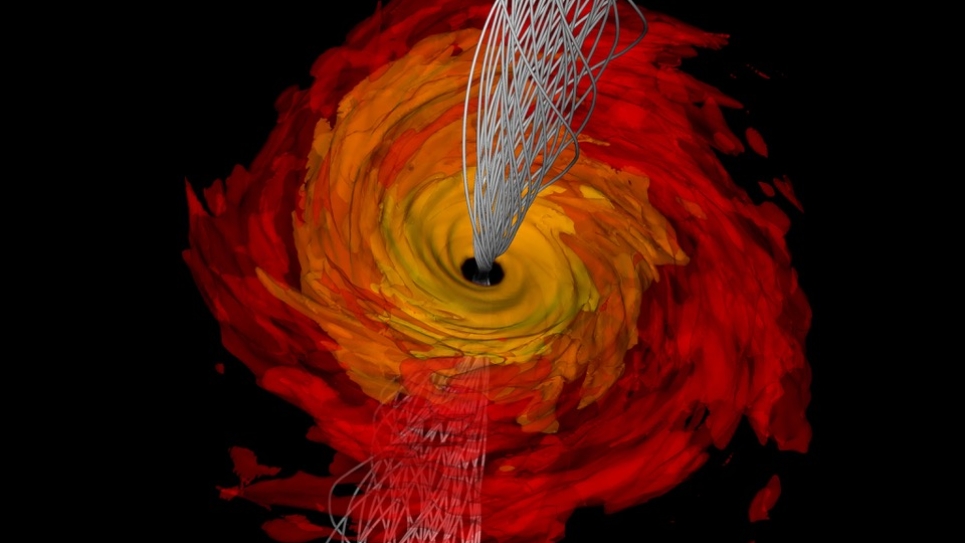The Standard Model of particle physics has been enormously successful in describing the sub-‐ atomic world of particle physics. A persistent exception to this success is the disagreement between the Standard Model prediction and measurements of the muon’s anomalous magnetic moment. The muon is a fundamental particle, similar to the electron, and the “anomalous” part of the magnetic moment stems from quantum mechanical interactions between the muon and elementary particles of all kinds. If the disagreement holds up, it would signal the presence of new, otherwise unobserved physical phenomena. The disagreement between theory and experiment is not yet definitive, so a new experiment, aiming to reduce the measurement uncertainties fourfold, is being mounted at Fermilab. To receive a full return on this investment, the weakest parts of the theory have to be commensurately improved. This allocation supports using lattice QCD, which is acknowledged to be the only theoretical tool up to the task, to carry out the first ab initio calculations of the hadronic contributions to the anomalous magnetic moment. Uncertainties in these calculations (obtained in less sophisticated ways) are the main theoretical obstacle to establishing new physics in the muon’s magnetic moment. This work will either underpin a major discovery or, should theory and experiment end up in accord, be a powerful constraint on new models of particle physics.


